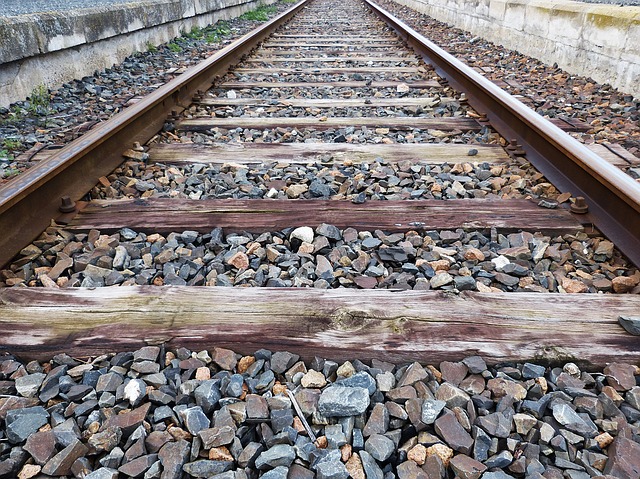What is Ballast, Materials for Ballast and Screening

Ballast
- Provides a hard and level bed for the sleepers and hold the sleepers in place during the passage of train,
- It transmits and distributes the load from the sleepers to the formation,
- Ballast allows for maintaining correct track levels without disturbing the rail road bed,
- It protect the surface of formation,
- Drain the water immediately, and
- Keeps the sleepers in dry condition and discourage the growth of vegetation
- On curves the ballast quantity will be slightly more to cover super-elevation
- Ballast maximum size is 1.9 to 5.0 cm with some reasonable proportion of intermediate sizes. It should be spread up to the top of the sleepers and not on top of sleepers
- The slope will be 1:1 or 1.5:1
- The depth/thickness of ballast should be 6 inch to 24 inches. The depth is measured from top of sub grade to bottom of sleepers
- The ballast top should be 0.5 to 1.0 inch below the rail bottom to allow rain water flow
Screening of ballast
The ballast should be renewed from time to time, because due to continuous hammering the ballast converted into the powder form. This powder along with dust, sand ashes from locomotive form an impervious layer and prevent the ease flow of water through ballast.
The ballast are constantly press in the formation. This reduces the quantity of the ballast and also the elasticity of the railway track is affected. The ballast is cleaned regularly by means of screening.
Ballast Material Selection
- The ballast material should be elastic and should be provided in enough thickness such that to uniformly distribute the weight of train on the formation
- The material should have sufficient grip over the sleepers to prevent their horizontal movement
- The material should not allow rainwater to accumulate but it should drain off water without absorbing the moisture
Following materials can be used as ballast material:
- Broken stone
- Gravel
- Ashes
- Sand
- Kankar
- Moorum
- Brickbats
- Selected earth












